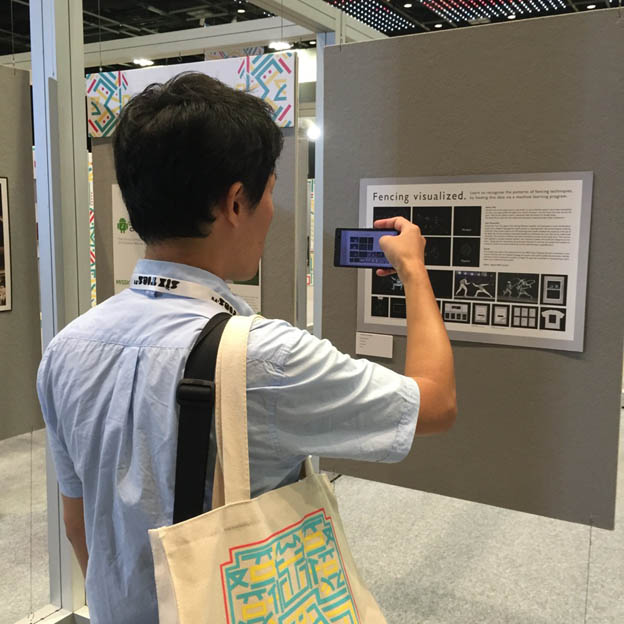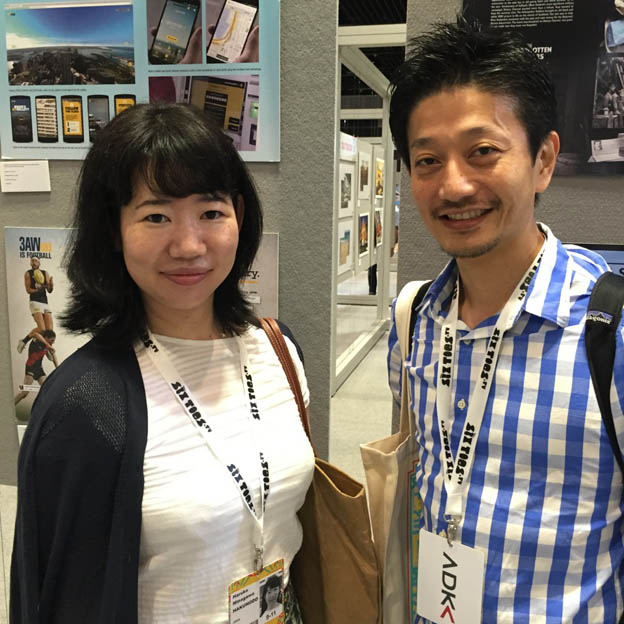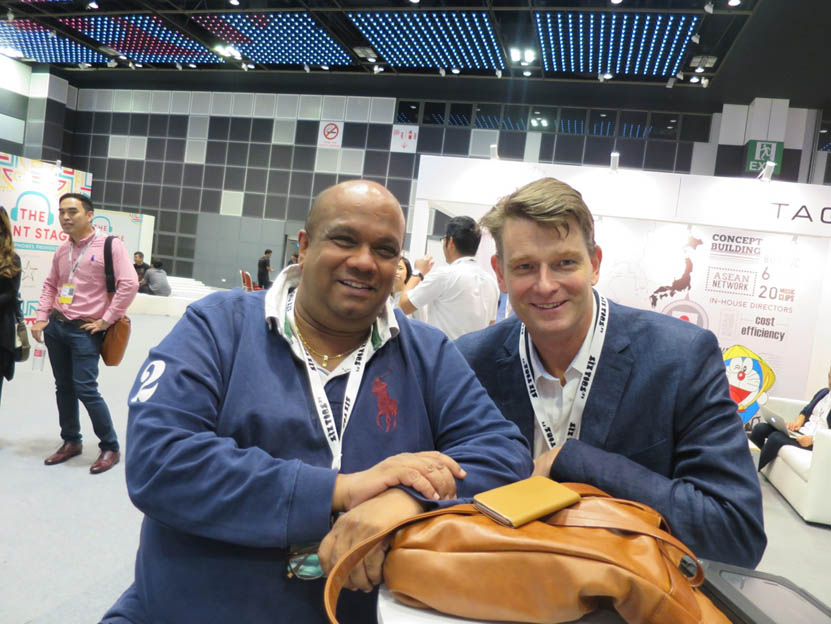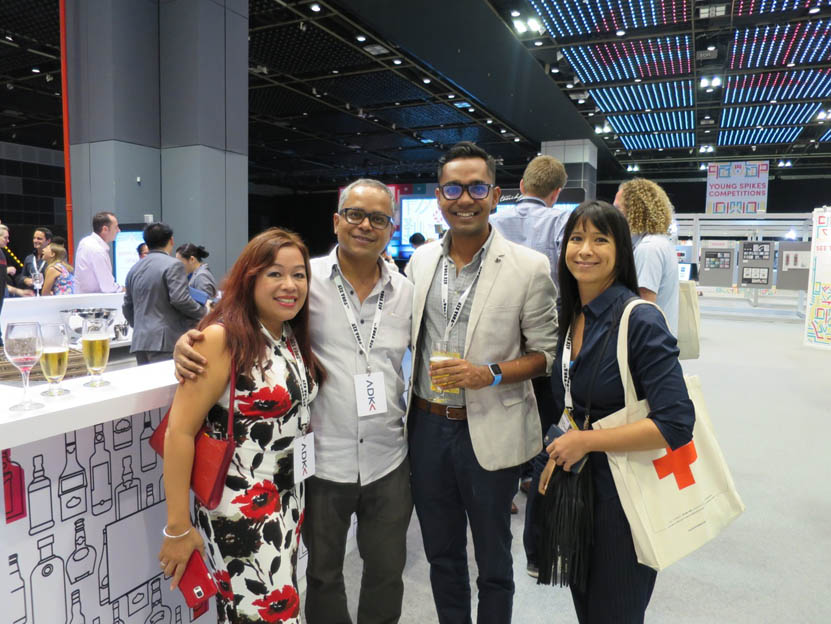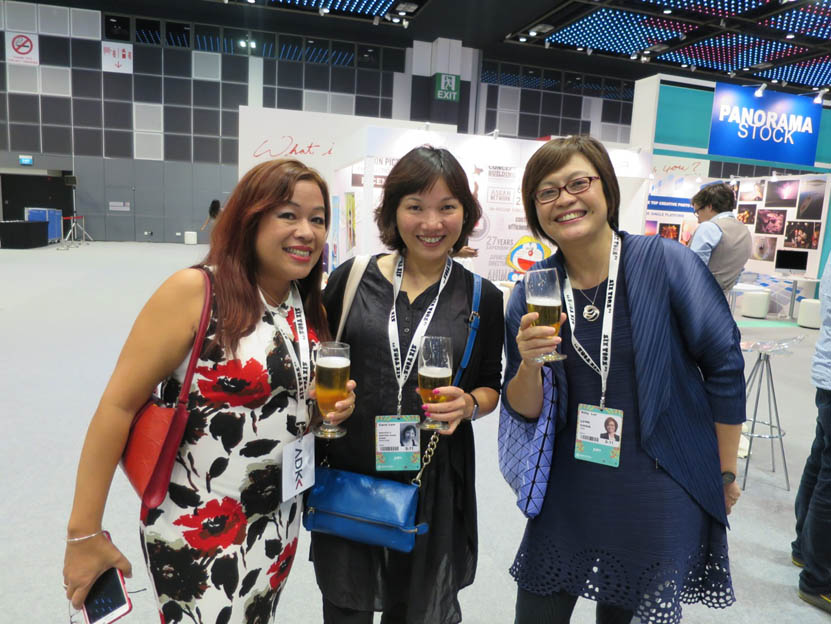Claire Davidson reports on day one of Spikes Asia 2015 starting with some impressive stats

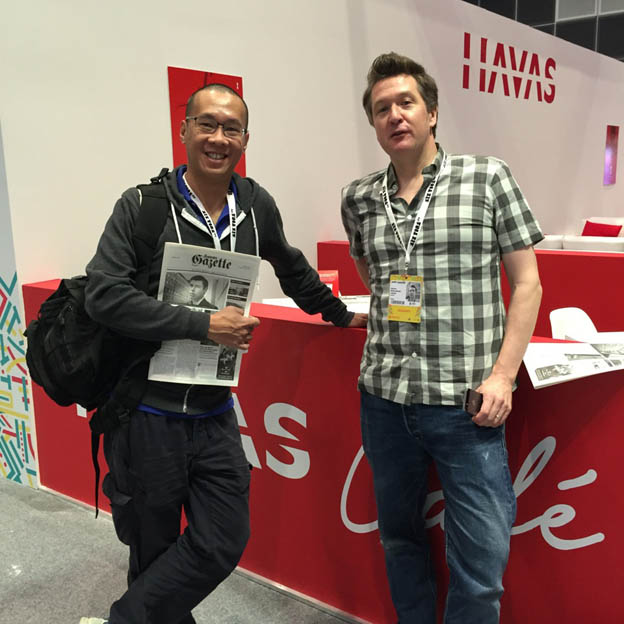 The Sweet Shop’s Claire Davidson (pictured left) is on the ground at The Spikes Asia Festival, at Suntec City in Singapore. Here’s Claire’s highlights of the first day of seminars at the festival.
The Sweet Shop’s Claire Davidson (pictured left) is on the ground at The Spikes Asia Festival, at Suntec City in Singapore. Here’s Claire’s highlights of the first day of seminars at the festival.
~ Singapore
~ Suntec Exhibition and Convention Centre
~ Year 7
~ 3 days
~ 4,351 entries and pieces of work on display
~ 23 countries entered
~ 18 categories
~ 90 judges from around the world
~ 30 seminars
~ 12 forum sessions
~ 7 tech talks
~ 3 screenings
~ 2 masterclasses
~ 3 nights of organized networking events
~ 1 gala awards ceremony
These truly are impressive stats!
Spikes Asia is always the end of the annual festival season for me. And what amazing advertising campaigns we’ve all seen and experienced and witnessed and absorbed and been affected and influenced by throughout 2015.
I’m really looking forward to the next three days here in Singapore – to celebrate and be inspired by the best of the best in all things creative from the Asia Pacific. The Spikes Asia Festival of Creativity itself continues to innovate annually, as this year sees the introduction of an Inspiration Stage, a Silent Stage and a Discovery Stage. As always, I will be taking in the Seminars, Forums, Techtalks, Masterclasses and Insight Presentations. The schedule again features the Young Account Executive Academy, the Young Creative Academy, the Young Digital Academy, the Young Marketers Academy, the Young Media Academy and a Think Tank programme. If that’s not enough, there is also the Young Spikes Competitions and the Spikes Nights. I intend to do some of my best sponging this week and just soak it all up.
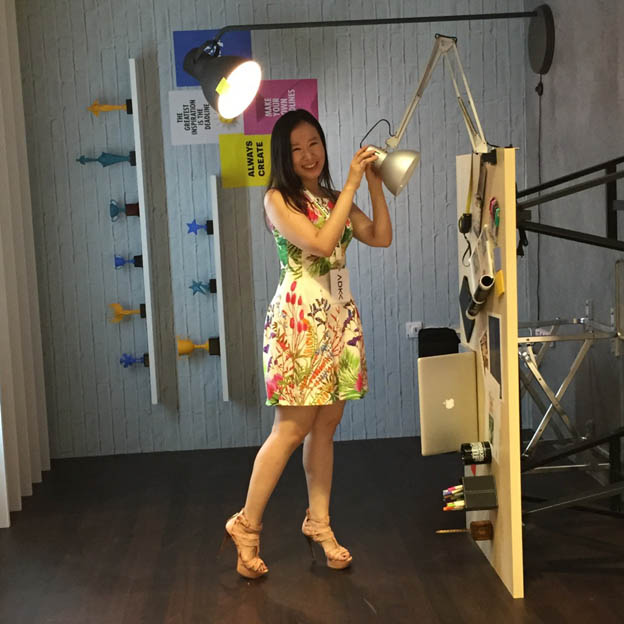
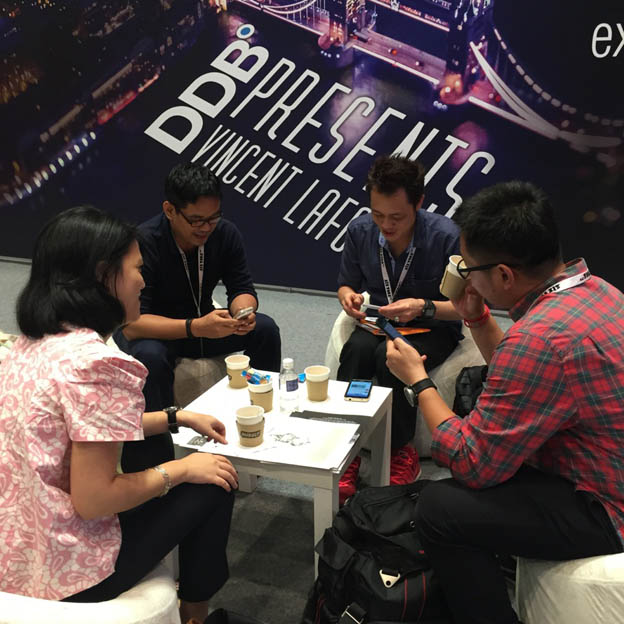 First up for me today was ‘Create Content That Matters’ with Gursimranjeet Singh Khamba. Khamba’s focus this morning was on YouTube content. He spoke to us about his personal journey, specifically with his Indian comedy group All India Bakchod (AIB). AIB is India’s fastest growing YouTube channel. Their content is created by themselves, and is specific and relevant. In India at the moment there is a somewhat of an English standup comedy revolution happening. In 2009 the first generation of this comedy platform was born. Khamba and his group jumped on this and began to create their comedy sketches and parodies where no topic – be it political, societal, cultural or religious – was spared. It has been through these projects that YouTube has allowed public opinion to be shaped, facilitating the spread of messages, and opening up an important point of difference from the mainstream.
First up for me today was ‘Create Content That Matters’ with Gursimranjeet Singh Khamba. Khamba’s focus this morning was on YouTube content. He spoke to us about his personal journey, specifically with his Indian comedy group All India Bakchod (AIB). AIB is India’s fastest growing YouTube channel. Their content is created by themselves, and is specific and relevant. In India at the moment there is a somewhat of an English standup comedy revolution happening. In 2009 the first generation of this comedy platform was born. Khamba and his group jumped on this and began to create their comedy sketches and parodies where no topic – be it political, societal, cultural or religious – was spared. It has been through these projects that YouTube has allowed public opinion to be shaped, facilitating the spread of messages, and opening up an important point of difference from the mainstream.
AIB has 1.3 million subscribers and has received 100 million + views. They inherently write for their own local audience. They create social engagement. They can reach out to younger generations. Using YouTube as an alternate platform, AIB has invited public debate, that has even seen their work screened as far as the UN. It has lead to more genuine conversation. They can raise their voices and talk about taboo topics through satire. Boundaries can be pushed. This has been quite unheard of in a country such as India before. We looked at some videos as examples of AIB’s strong and poignant work, about topics ranging from rape to net neutrality. This deep online engagement has brought about a profound impact on the broader culture.
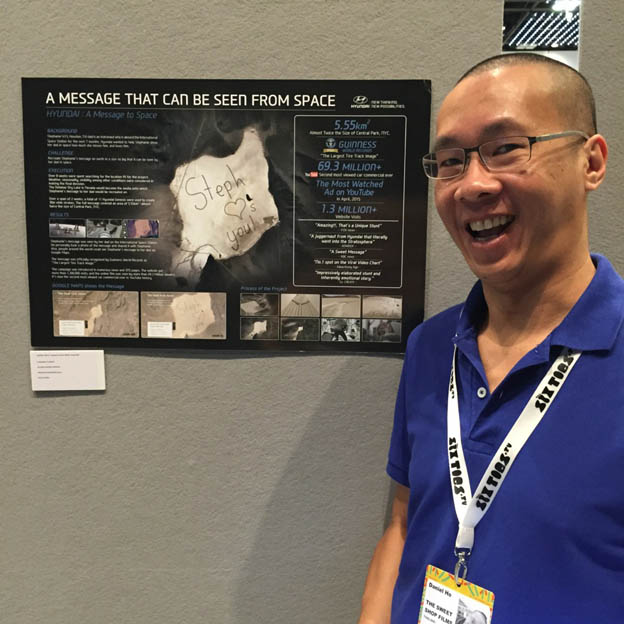
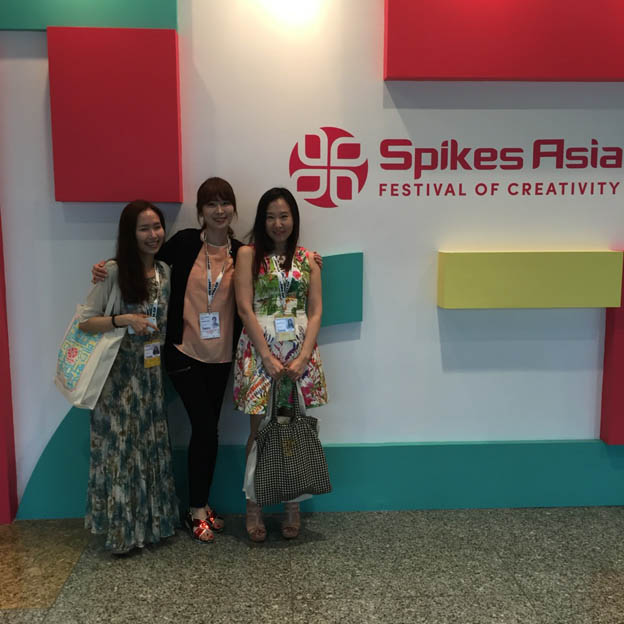 Fergus O’Hare, Head of Creative Shop, Facebook, Asia Pacific, brought us ‘Creativity In A Mobile World’. We’re all guilty of it. Exactly what you might ask. We all now live our lives on and through our mobile phones. We just can’t get off them. We’re not looking at other screens anymore.
Fergus O’Hare, Head of Creative Shop, Facebook, Asia Pacific, brought us ‘Creativity In A Mobile World’. We’re all guilty of it. Exactly what you might ask. We all now live our lives on and through our mobile phones. We just can’t get off them. We’re not looking at other screens anymore.
Mobile has evolved from a trend to a lifestyle. It has significantly changed our consumption and our communication habits. Mobile is the new marketing playground. People are attentive to mobile. We as consumers now have control over the content that we consume. There are 4 billion videos viewed to Facebook each day.
Brands must influence their consumers in a new and personal way. You must get your consumers’ attention within three seconds, otherwise they will have moved on to view the next uploaded post. On Facebook everyone’s news feed is different. There are in fact 1.44 billion news feeds. People have been looking for the holy grail of advertising for years. Well, you can now talk to 1.44 billion people today on a personal level. We can play with art and science. We can play with time. We can play with our audience. We can play with words. We can play after three seconds. We can play with space. We can even play with emoji’s J I secretly love emoji’s J J J so that’s good to hear J. We can play for occasions. We can play with new ads. We can play with words. We can even play with likes. We looked at case studies by Lexus, Kleenex, Lego, A.1. Steak Sauce, Coca Cola, Crest toothpaste and UN Women.
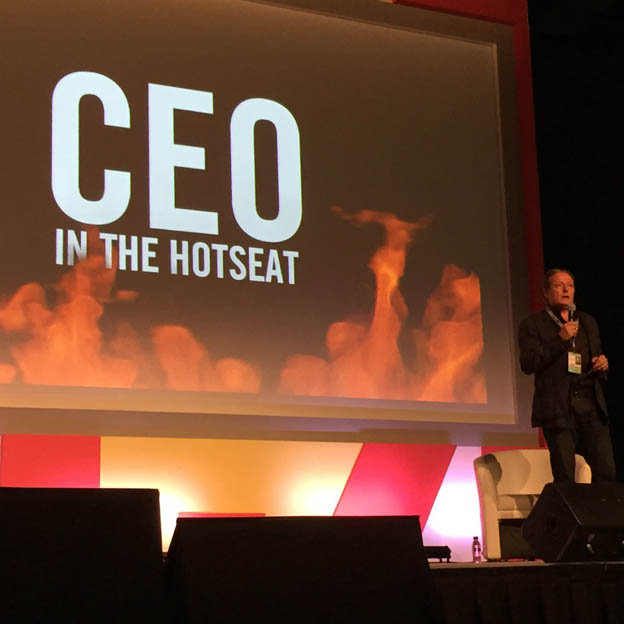
 Share every single thing you learn with every single business and ad agency you know. You have the skills. We have a great creative community in Asia. Facebook has a platform. We can change marketing globally and we can probably even change the world. O’Hare implores us to ‘come and play with us’. Facebook is here to play with, and they want to change the industry.
Share every single thing you learn with every single business and ad agency you know. You have the skills. We have a great creative community in Asia. Facebook has a platform. We can change marketing globally and we can probably even change the world. O’Hare implores us to ‘come and play with us’. Facebook is here to play with, and they want to change the industry.
Next up for me was ‘How Our Industry Needs to Change – By the Bosses of Tomorrow’. This was brought to us by David Mayo, CEO of Bates, Chi and Partners. On Mayo’s panel were some young professionals from Bates Chi offices across the region – Kevin Pueblo from the Philippines, Beau Encarnacion from Singapore, Shafira Sahara from Indonesia, Duong Tran from Vietnam and Jack Gao from Shanghai. Ohh… to be a Millennial. We heard in this discussion just what the agency of the future looks like through the eyes of young creative talent. What do we need to change? How do we need to adapt? How will we transform? We looked at the people and their creative work, rather than just the bottom line. What is it that we stand for in today’s world?
I think we all agree that all agencies need to be changed. Mayo has brought in a lot of raw, uncut and new talent. Our panel members today don’t want to be mentored though. No way. They joined advertising to be in a position to create things. Creative people are no longer just a department. It’s now an entire generation who have diverse skill sets, who are obsessed by technology. There is so much creative talent today who are self-taught as well. The industry is swimming with this talent, who will take it up ten notches and open up a whole new game. Yikes. I hope they’ll let us oldies play…

 Our panel today asked us to actually make reverse mentoring part of the culture. Let’s teach new technologies to everyone. Let’s re-educate on pop culture and sub cultures. Lets incentivize passion projects. Young talent should also be part of the hiring process. These changes can start happening right now. Values are changing. The old advertising model always brought value to the table. Today, more often than not we need to produce something more valuable but for less. We need to see creativity for what it is. We need to find it good strategy. Is money our destination or is it the outcome of what we do? Be in touch with technology. Make ‘us’ trend. Make people talk about us. Creativity is about persuasive changes. It’s no longer about hard sell. Creativity is changing. It’s about being ahead of every moment. Creativity needs to be felt rather than seen.
Our panel today asked us to actually make reverse mentoring part of the culture. Let’s teach new technologies to everyone. Let’s re-educate on pop culture and sub cultures. Lets incentivize passion projects. Young talent should also be part of the hiring process. These changes can start happening right now. Values are changing. The old advertising model always brought value to the table. Today, more often than not we need to produce something more valuable but for less. We need to see creativity for what it is. We need to find it good strategy. Is money our destination or is it the outcome of what we do? Be in touch with technology. Make ‘us’ trend. Make people talk about us. Creativity is about persuasive changes. It’s no longer about hard sell. Creativity is changing. It’s about being ahead of every moment. Creativity needs to be felt rather than seen.
Collaboration is also key. We experience it everywhere today, but do we really know what it means? In our industry there is still a traditional egotistical mindset that inhibits collaboration. Don’t we
all know that a little bit too well? This is bothering to our panel. It should be that everyone is important. Handpick the right people. Know their capabilities and capacities and put them together to achieve your one goal. This allows you to know the right partners to tap, and give a significant, emotional and relevant connection with clients. Thirty three percent of clients are managing over 50 agencies per year. Twenty two percent manage over 100 agencies. Today it’s not simplification that we need. People will freak out if they are put into a simplified word. People want to be different. They want choices to be able to become different. Embrace complexity and live with it. Enhance it and make it more intelligent through planning and data collection. Be nimble. Focus on what we are truly good at.
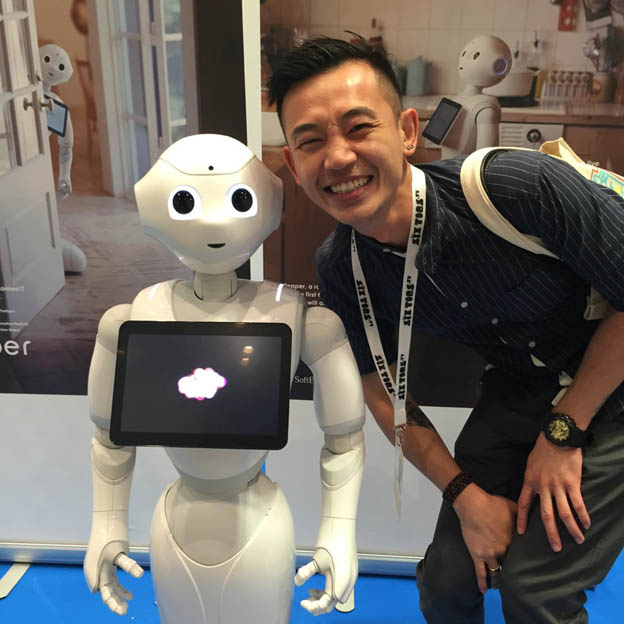 DDB next presented Vincent Loforet, filmmaker, Pulitzer Prize-winner and former staff photographer for the New York Times. Loforet has also been named one of the ‘100 Most Influential People in Photography’ by American Photo. Loforet urged us to question everything that we do. New tools are allowing us to shoot things in a different way and to break the model. Do we still need a twelve hour day and a full crew to produce films? No, of course not. Don’t just think outside the box. Look at a different way to think outside the box.
DDB next presented Vincent Loforet, filmmaker, Pulitzer Prize-winner and former staff photographer for the New York Times. Loforet has also been named one of the ‘100 Most Influential People in Photography’ by American Photo. Loforet urged us to question everything that we do. New tools are allowing us to shoot things in a different way and to break the model. Do we still need a twelve hour day and a full crew to produce films? No, of course not. Don’t just think outside the box. Look at a different way to think outside the box.
After the death of film, Loforet went from taking images to creating images. His focus now is on creating specialist content, with clients such as Canon, Zeiss, Apple and Adobe. Loforet was one of the first people involved in HDSR filmmaking. He was one of the first to shoot a short film on the Canon 5D MKII that went viral. The relationship between photography and video shifted toward hybridization. These two worlds collided very quickly and Loforet was at the forefront of this.
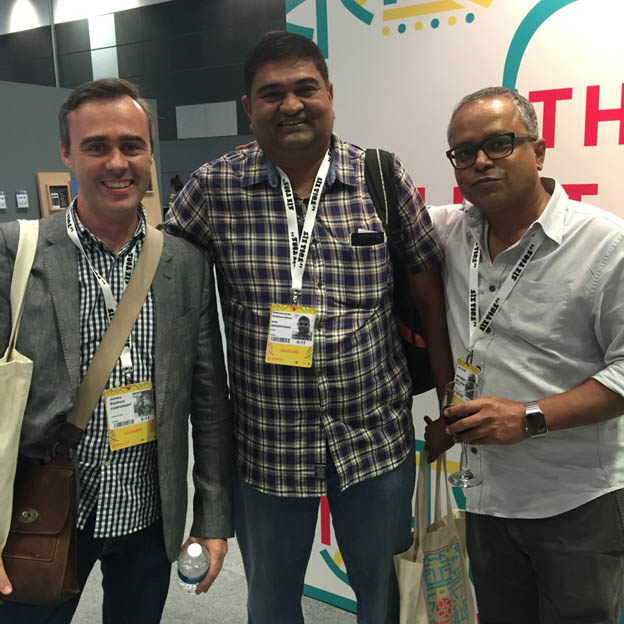 If this isn’t enough, Loforet has thought even further outside the box and last year created his highly acclaimed ‘Air’ project. This involved taking never before seen images from 7500 feet above New York City and other cities around the globe. My favourite are the closer images created with tilt-shift lenses. From here the world looks much smaller than we think. Within the first month he had over 40 million views. Not too shabby at all!!!!
If this isn’t enough, Loforet has thought even further outside the box and last year created his highly acclaimed ‘Air’ project. This involved taking never before seen images from 7500 feet above New York City and other cities around the globe. My favourite are the closer images created with tilt-shift lenses. From here the world looks much smaller than we think. Within the first month he had over 40 million views. Not too shabby at all!!!!
To find success within the world of new media possibilities, coupled with our ever advancing / changing technology and trends, Loforet implores us to build established principles of narrative and storytelling to enable us to navigate through. I think I might also join the other seven million visitors who log on to his blog annually for some further inspiration and learning about Loforet’s next generation story-telling technologies.
After lunch Angela Morris, Executive Planning Director of JWT Australia and Alistair Leathwood, Executive Director of TNS Australia spoke to us about ‘Participation – Beyond the Hype’. We live in the age of participation and connectivity. There are more ways to connect with each other, with the world and with complete strangers. There is a lot of hype within the marketing industry. We can advocate and be involved with our consumers. We’re becoming obsessed with participation, an obsession with marketing’s new shiny toy. Participation though done badly is just spam. So we need a more intelligent look at what participation is about and what the opportunity for participation is.
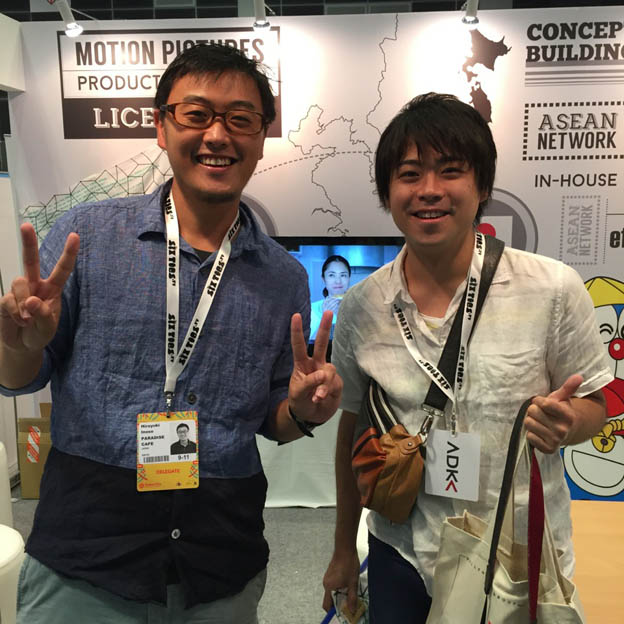
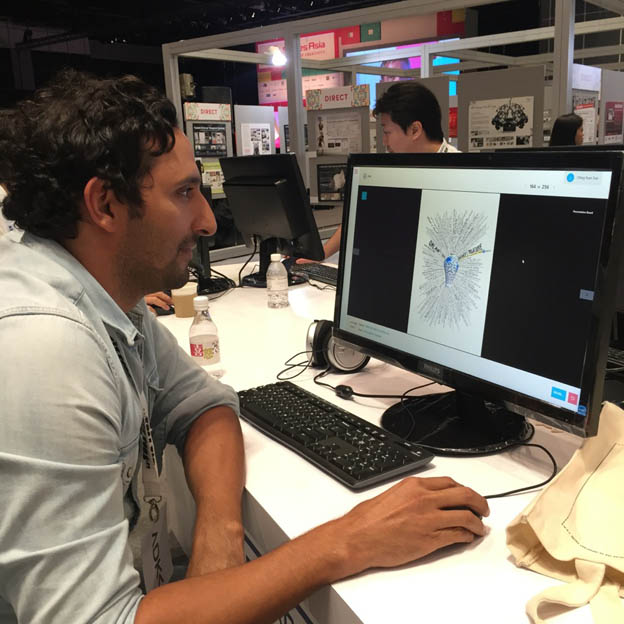 Looking at social media – the heart of participation – Morris and Leathwood asked is the hype all worthwhile? Ritson has looked at statistics and numbers and they don’t all add up. They did a survey of 5,500 individuals across 7 countries of online attitudes with brands. The fundamental result was that people are not as interested in participating with brands as brands are as interested in participating with people. Less than one in ten people were interested in creating with brands. We have just one third interested in interacting with brands. Over half were interested in consuming with brands.
Looking at social media – the heart of participation – Morris and Leathwood asked is the hype all worthwhile? Ritson has looked at statistics and numbers and they don’t all add up. They did a survey of 5,500 individuals across 7 countries of online attitudes with brands. The fundamental result was that people are not as interested in participating with brands as brands are as interested in participating with people. Less than one in ten people were interested in creating with brands. We have just one third interested in interacting with brands. Over half were interested in consuming with brands.
The Ad Contrarian tells us ‘the idea that the same consumer who was frantically clicking her TV remote to escape from advertising was going to merrily click her mouse to interact with it is going to go down as one of the great advertising delusions of all time’.
Just because technology can, doesn’t mean that people will.
Have we not quite got it right yet? Leathwood found an inverse correlation between the amount of effort put into campaigns with the amount of interest in campaigns. As Bruce McColl, Chief Marketing Officer of Mars told us ‘most of us go through life finding it hard to have good relationships with the real people we know, let alone the brands we buy’.
We know that we can’t be self serving. We know that we have to serve the consumer. People don’t want to feel like they are doing the work for the brand. Our aim is to create brand love. Fifty eight percent of people dislike brands that waste their time, and fifty five percent say that it puts them off buying. When you put an invitation out there you don’t want people to come back #bashtagging. Brands need to turn people on and not off. Listen to and talk to your customers, but don’t irritate them. Do it on their terms.
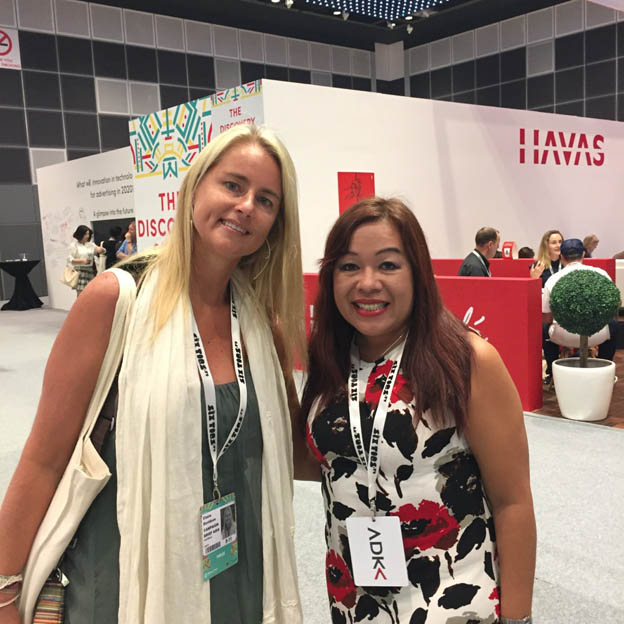 Participation has distracted us from the real goal, which is to grow brands. Participation is not a goal in its own right. It’s a mechanic in helping us to get there. People are far more likely to participate if they already like the brand and buy the brand. That’s a problem for new customers when the goal is to grow the brand and drive incremental sales. Appeal to the right people to come in. Consumption is not the poor relation. Good engaging content is just as powerful. Participation is not why people connect. It’s the response when people make a connection. Let’s change the way we approach participation. Stop assuming interest in participation. Earn interest with creatively driven content.
Participation has distracted us from the real goal, which is to grow brands. Participation is not a goal in its own right. It’s a mechanic in helping us to get there. People are far more likely to participate if they already like the brand and buy the brand. That’s a problem for new customers when the goal is to grow the brand and drive incremental sales. Appeal to the right people to come in. Consumption is not the poor relation. Good engaging content is just as powerful. Participation is not why people connect. It’s the response when people make a connection. Let’s change the way we approach participation. Stop assuming interest in participation. Earn interest with creatively driven content.
Dan Neary, Vice President of Facebook, Asia Pacific has also told us that ‘technology should enable better creative and not replace it. We believe creativity is truly king again’.
Create for people, not brands. Never do content for content’s sake. Don’t ask. Give back. Be true to your brand idea. Stop looking at participation as a means to an end. Remember that it’s a response. Start earning it with creativity that has a powerful idea to connect.
On that note it’s time for me to go and actively participate.
I’m off to Campaign Brief Asia’s Legendary Party to kick off Spikes Asia, hosted by The Sweet Shop, Fin Design + Effects, Song Zu and Arcade. Last year the event went down in Spikes Asia folklore as our frivolities and fun coined the term ‘Gutter Bar of Asia’. Now that’s true participation.
See you all tomorrow…
Claire Davidson, Managing Director + Executive Producer ASIA & MENA @ The SweetShop, reporting for Campaign Brief Asia at Spikes Asia 2015.
